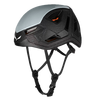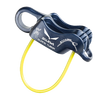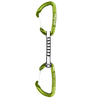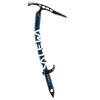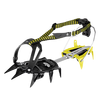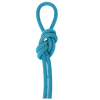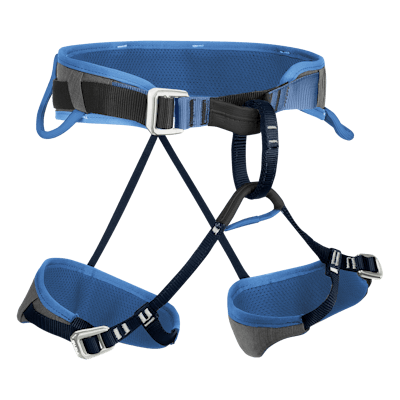Climbing Harness
- How to choose a climbing harness?
- What kind of harness do I need for rock climbing?
- What types of harness are there?
- What is important in a climbing harness?
- How should a climbing harness fit?
- How do you pick the right harness size?
- Is there a difference between a men’s and women’s climbing harness?
- How long does a climbing harness last?
